UPVC Fittings: A Reliable Choice for Modern Plumbing Systems
What Are UPVC Fittings?
UPVC fittings are components used to connect, redirect, extend, or terminate UPVC pipes in a plumbing or fluid distribution system. UPVC stands for unplasticized polyvinyl chloride, a strong and non-corrosive material. These fittings come in a wide variety of shapes and sizes, including elbows, tees, couplings, reducers, and end caps.
Key Features of UPVC Fittings
UPVC fittings are valued for their high chemical resistance, rigid structure, and long service life. Unlike metal fittings, they do not corrode or rust when exposed to water, soil, or most chemicals. Their smooth inner surfaces help reduce friction, ensuring efficient fluid flow throughout the system.
Another advantage is their lightweight nature. UPVC fittings are easy to handle, transport, and install. Despite being light, they provide reliable pressure performance in cold water systems and low-pressure applications. This makes them ideal for both professional use and DIY projects.
Common Types of UPVC Fittings
UPVC fittings are available in various types, each serving a specific purpose:
Elbows: used to change the direction of the pipeline
Tees: used to create a branch in the pipeline
Couplings: used to connect two straight pipes
Reducers: used to join pipes of different diameters
End Caps: used to close the end of a pipe
Each type ensures secure and leak-proof connections when installed with proper solvent cement or thread sealant.
Applications in Various Industries
UPVC fittings are widely used in residential, commercial, and industrial plumbing systems. Common applications include:
Potable water distribution
Wastewater and drainage systems
Agricultural irrigation lines
Swimming pool circulation systems
Chemical handling in light industrial settings
They are especially suitable for cold water applications and are not recommended for high-temperature systems, such as hot water or steam lines.
Installation and Maintenance
Installing UPVC fittings is simple and efficient. Pipes must be cut squarely and cleaned before joining. Apply an appropriate solvent cement to both the pipe and fitting, then assemble and hold them together briefly. Allow curing time before testing the system under pressure.
For threaded fittings, use a reliable thread sealant or tape to avoid leaks. Once installed, UPVC systems require minimal maintenance, thanks to the material’s resistance to scale, bacteria, and corrosion.
Final Remarks
UPVC fittings offer a durable, hygienic, and cost-effective solution for modern plumbing and fluid transport systems. Their wide range of shapes, easy installation process, and chemical resistance make them a preferred choice in various industries. Whether for household use or industrial projects, UPVC fittings provide long-term performance and safety.

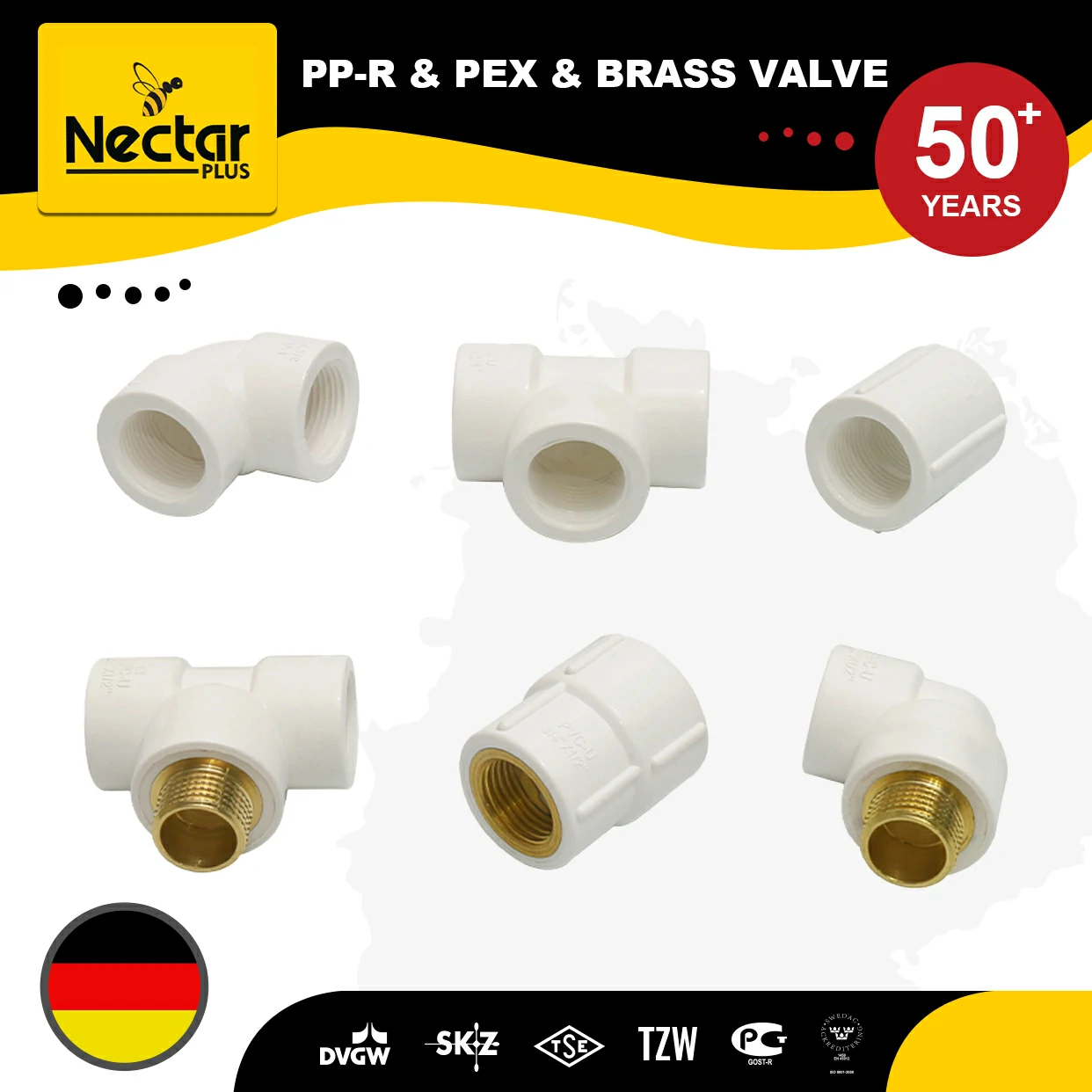
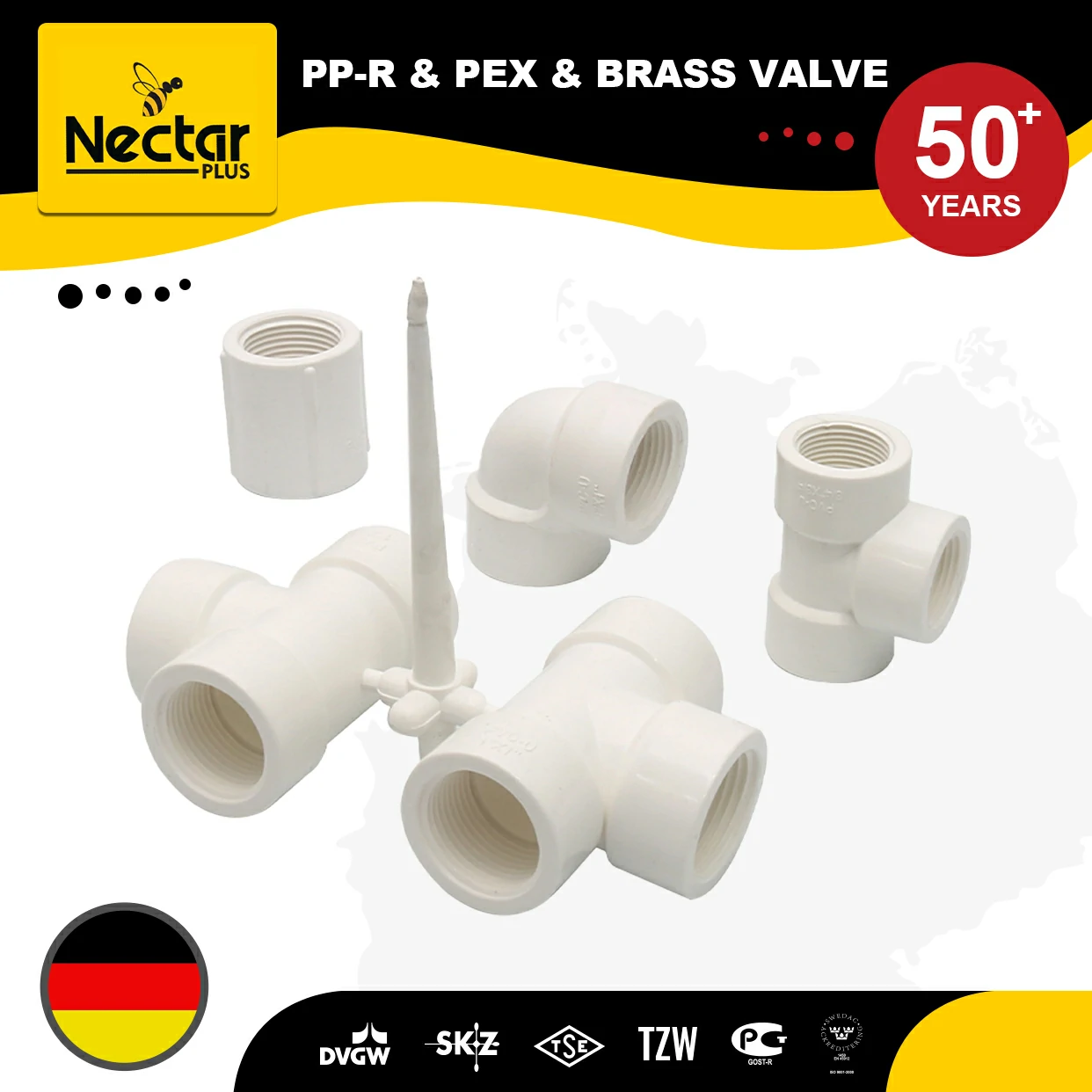
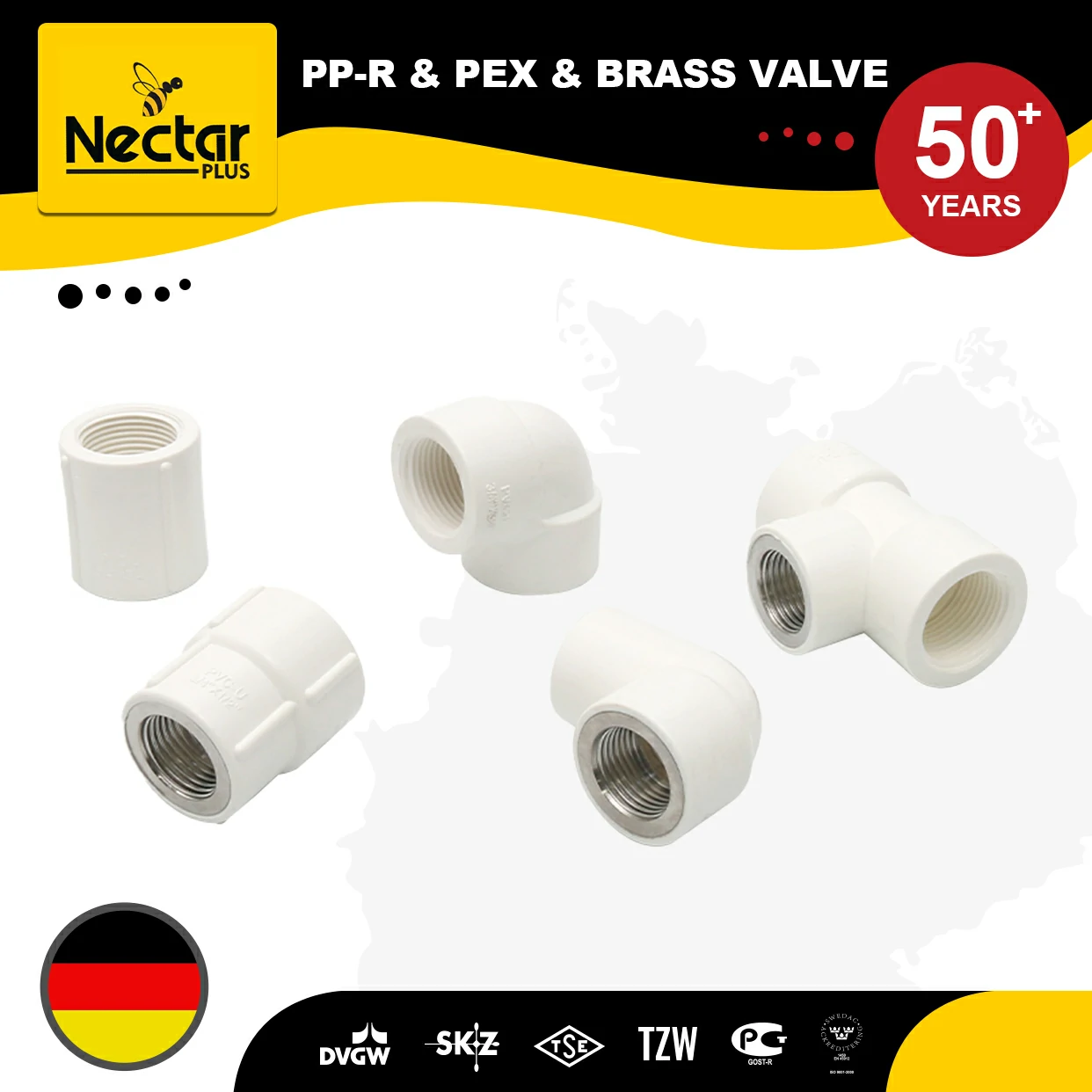
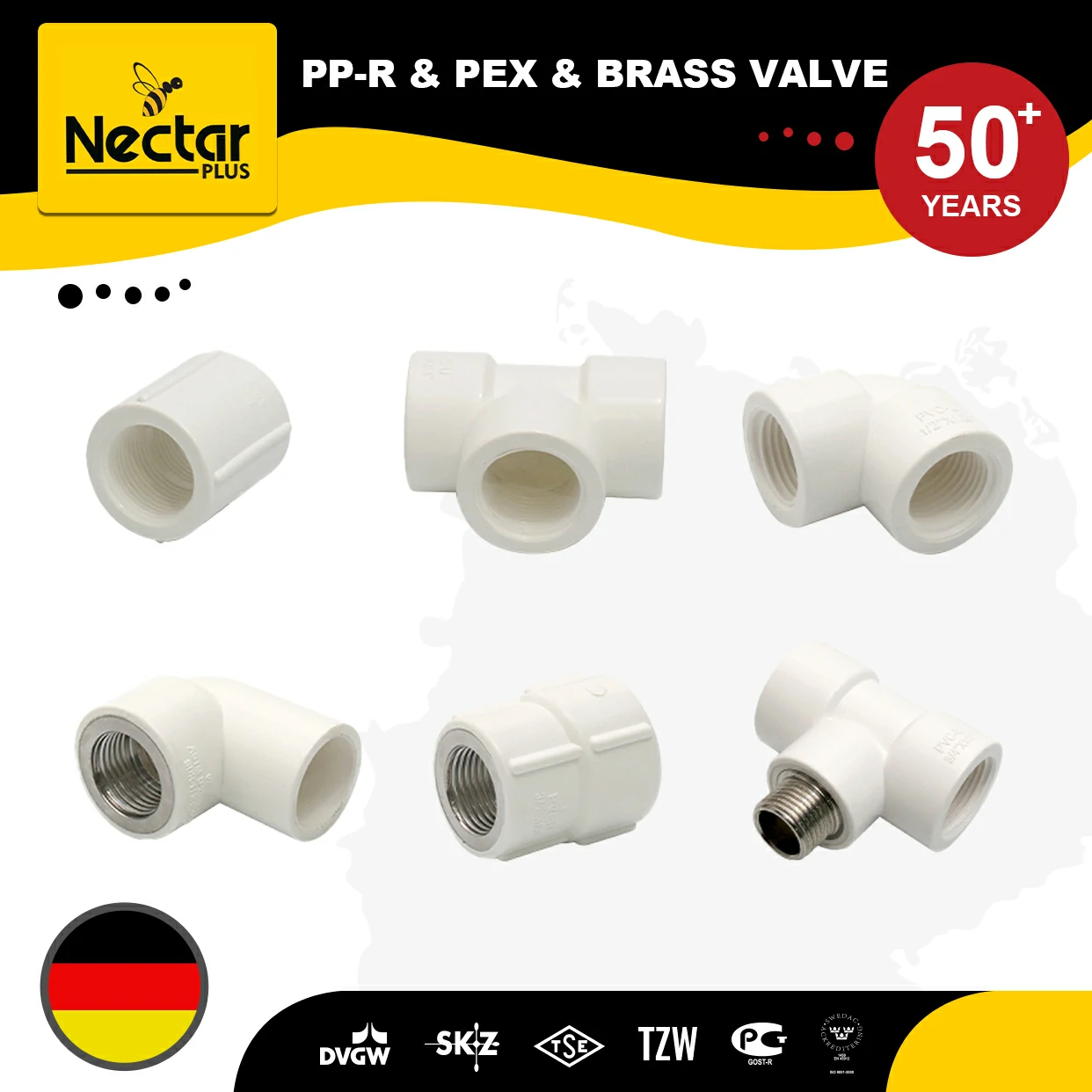
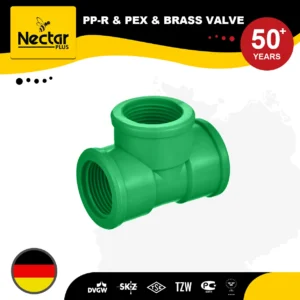
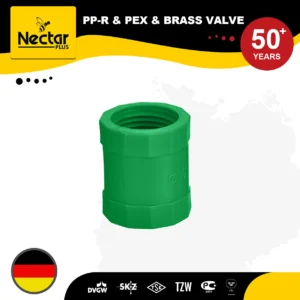
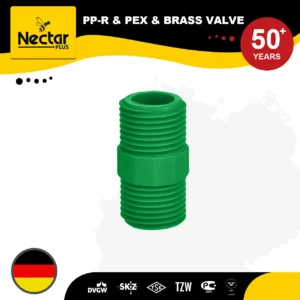

Avis
Il n’y a pas encore d’avis.